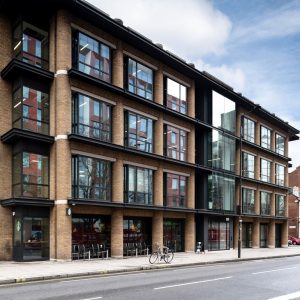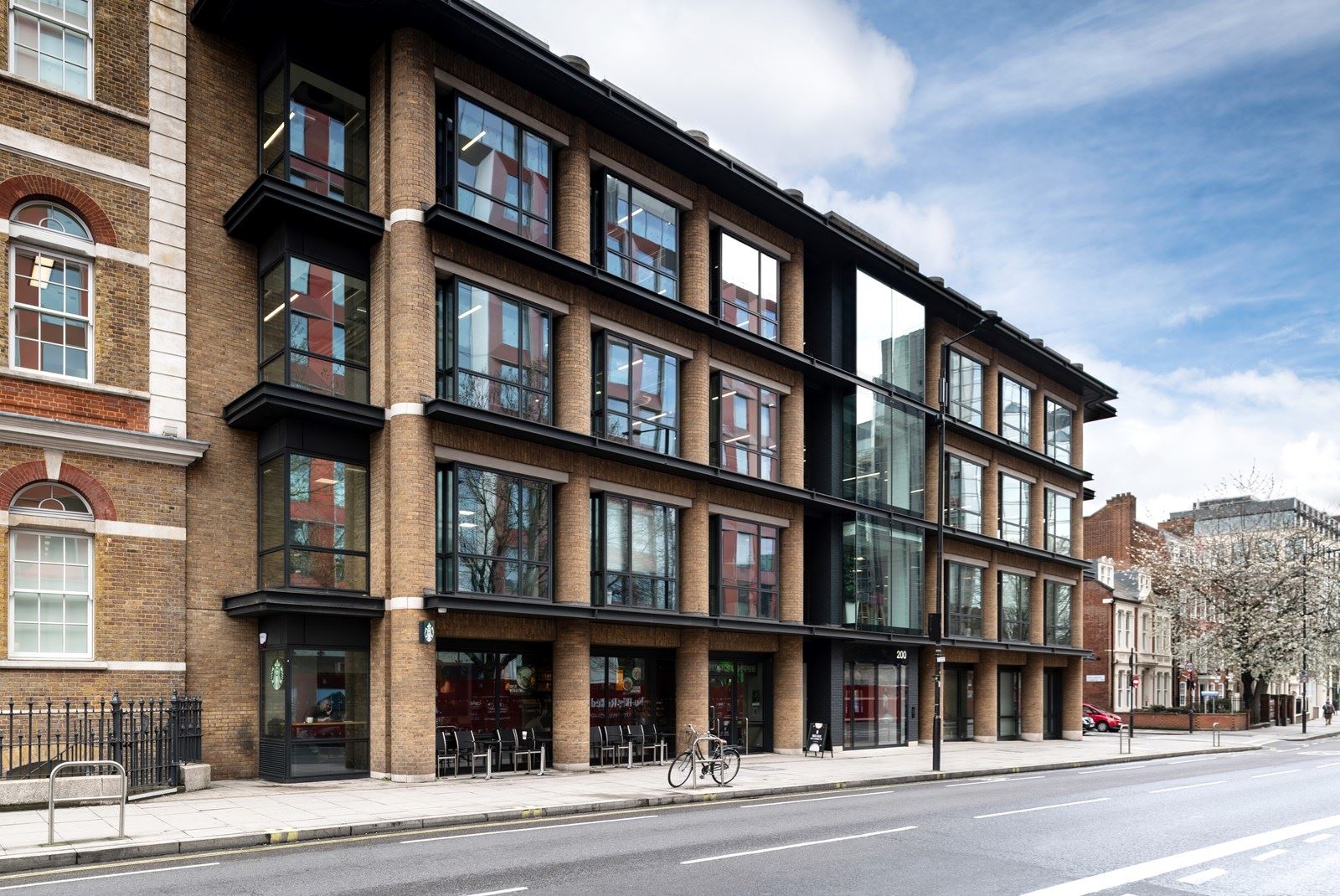Rikvin Capital UK Bridging Loan Highlights
- 24 Hours In-Principal Approval
- 3-18 month loan term
- £1M to £30M
- Residential / Commercial / Semi-Commercial/ Land with Planning
- up to 70% Loan to Value
What is a Bridge Loan?
A Bridge Loan (also known as bridge financing) is a gap financing arrangement that provides the borrower with access to short-term loans to fulfill immediate liquidity needs. Its primary purpose is to fulfill existing obligations while securing long-term financing.
Related: Learn more about how Rikvin Capital bridged a portfolio of 149 properties in the UK
These kinds of loans, which require collateral such as real estate or business inventory, typically carry higher interest rates and fees. Both individuals and companies in need of immediate cash flow can utilize these loans.
Bank Loan vs. Bridge Loan
When trying to find the most suitable solution for one’s financing needs, it is important to understand the difference between a classical bank loan or a mortgage and a bridge loan.
First, there are a few similarities between both loan options:
- Collateral: Both types of loans typically require collateral, which is usually the property being financed. The property acts as security for the loan, providing lenders with a form of assurance.
- Loan Amounts: Both mortgages and bridging loans can be substantial in terms of loan amounts. They are often larger loans compared to other types of personal loans or financing options. Therefore, both loan types can be useful for property financing.
- Interest Rates: Both mortgages and bridging loans involve interest payments. Borrowers are charged interest on the loan amount they borrow, which is calculated based on the loan term and the prevailing interest rates.
However, there are also a few key differences between a bank loan and a bridge loan.
- Loan duration: While mortgages are long-term loans that can extend up to 30 years, bridging loans are short-term loans designed to provide temporary financing until a long-term solution, such as a mortgage, is secured.
- Interest rates: Interest rates of bridge loans are generally higher than those of bank loans because they are considered short-term financing solutions and carry a higher level of risk for lenders.
- Purpose: Bridging loans are often used to bridge a financial gap between the purchase of a new property and the sale of an existing property. They offer immediate access to funds, enabling borrowers to complete a property purchase quickly. Mortgages, on the other hand, are primarily used to finance property purchases over the long term.
- Repayment Structure: Mortgages typically require monthly payments of principal and interest, bridging loans may have flexible repayment options.
- Approval Process: The approval process for bridging loans is often faster compared to mortgages. Bridging loans are designed to provide quick access to funds, making them suitable for time-sensitive transactions. Mortgages, on the other hand, involve a more detailed application and approval process.
How does a Bridge Loan work in the UK?
View these two examples to understand how a bridge loan works.

Buying Your Second Property
An excellent illustration of how a bridge loan works is the case of purchasing a new property before selling your existing one.
These loans are also employed in real estate to prevent property foreclosure or to quickly purchase the desired bargain property. It is important to bear in mind that in such cases, the original property serves as collateral for the loan.
Additionally, when a commercial property is used as collateral for such loans, they are referred to as commercial bridge loans.
Occasionally, bridge loans are used for buying multi-family or commercial properties, where the buyer requires funds to finalize the property sale and subsequently prepare/renovate it to secure a long-term loan using the property as collateral.
Typically, the lender will provide a bridge loan amounting to approximately 70 percent of the combined value of both properties.

Solving Immediate Cash Flow Crisis in Your Company
Companies of all sizes, often turn to bridge loans as a mean to finance their working capital and cover expenses, including utility bills, payroll, rent, and inventory costs, while they await long-term financing or an acquirer. It is not uncommon for lenders to protect their interests in the company by taking an equity position.
Related: Read about when Rikvin Capital helped a client, providing cash within 24 hours
What can Bridge Loans be used for in the UK?

Buying a property at auction

Renovating, converting, or restoring properties

Preventing property foreclosure

Buying a bargain property (or any item for that matter quickly)

Usage of commercial bridge loans

Improving credit score
What are the Pros and Cons of a Bridge Loan?
Advantages of Bridge Financing
-
Fast to arrange
As compared to traditional long-term financing measures, closed bridge loans can be arranged in as little as 48 hours.
-
Flexible lending criteria
Generally bridge loan lenders only look at the value of the collateral, and their exit route, while giving out the loans. They typically don’t worry about the traditional loan-giving benchmarks including income, affordability, and credit history.
-
Any kind/type/state/standard of property can be the collateral
Bridge loans lenders will be willing to take any kind of real estate as collateral. Even properties in poor condition, derelict, or in need of major restoration; as well as those with non-standard construction, are generally acceptable, which is not the case with a traditional mortgage provider.
Risks of Bridge Financing
Lastly, it is important to acknowledge the risks associated with bridging finance, particularly when a bridge loan is taken to purchase a new house with the existing house as collateral. These risks include:
- Potential delay in selling the current house, leading to the need to manage two loan repayments simultaneously for an extended period.
- The possibility of the current house selling for less than anticipated, resulting in a higher level of debt than initially planned.
Therefore, it is highly recommended to exercise due diligence and seek the guidance of bridging finance experts when considering a bridge loan.

Why borrow from Rikvin Capital?
- Swift – Our process is streamlined, and we can close your loan within 24 hours. We do not want you to miss out on
time-sensitive investment opportunities. - Transparent –Our fees and terms are fully disclosed upfront. We dislike hidden costs too!
- Flexible – Our solutions are always customized to best suit your needs.
Your questions still not answered? Contact us & we’d love to help!
Our Portfolio
Find out how we have helped High Net Worth Individuals (HNWIs) and companies in the UK finance property purchases via suitable bridge loans here.
FAQs About Bridge Loans in the UK
Yes, in addition to traditional banks, there are non-bank financial institutions and specialist lenders like Rikvin Capital in the UK that offer bridging loans. These companies specialize in providing short-term financing solutions, including bridging loans, to individuals and businesses.
A bridge loan might be the right choice if you are looking for a short-term loan to fulfil immediate liquidity needs, for example if you want to buy new property before selling your existing one.
We understand the importance of flexibility when it comes to payment options. That’s why we offer our clients the choice between monthly and quarterly payments, along with a convenient roll-up payment plan.
For a bridging loan, residential, commercial, or mixed-use properties can be used as collateral.
As compared to traditional long-term financing measures who can take months, Rikvin Capital can give you an in principal approval in 24 hours, and close the deal in just one week.
The interest rate is decided based on the loan-to-value (LTV) ratio, the borrower’s creditworthiness, the loan amount and other factors.
With Rikvin Capital’s Bridge loan, there is no early repayment penalty. Therefore, you can repay your loan at any time.






 Developer Uses Temporary Bridge to Acquire Prime Commercial Site in London
Developer Uses Temporary Bridge to Acquire Prime Commercial Site in London